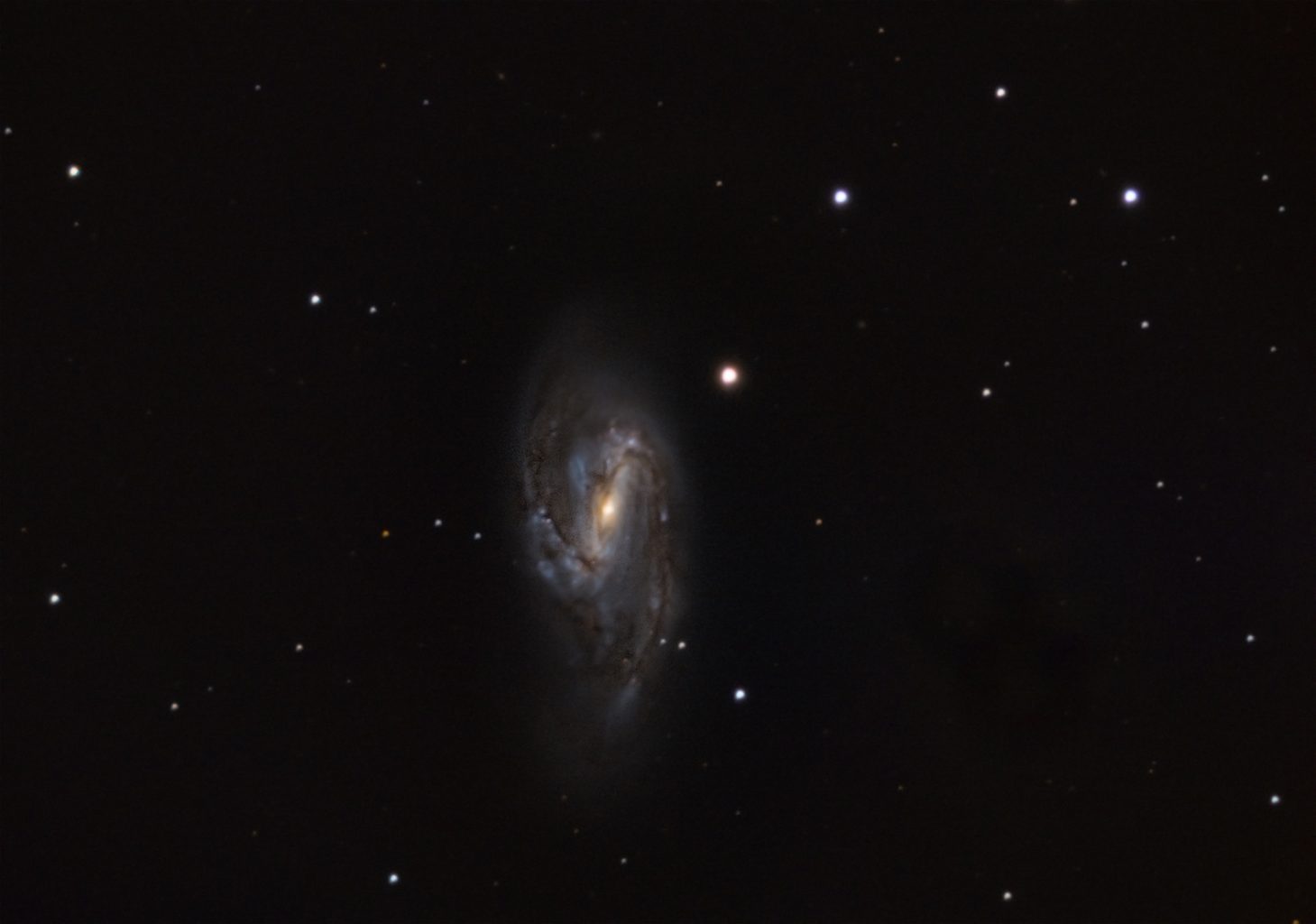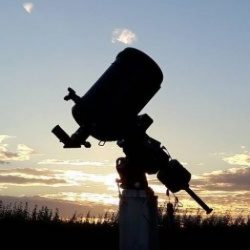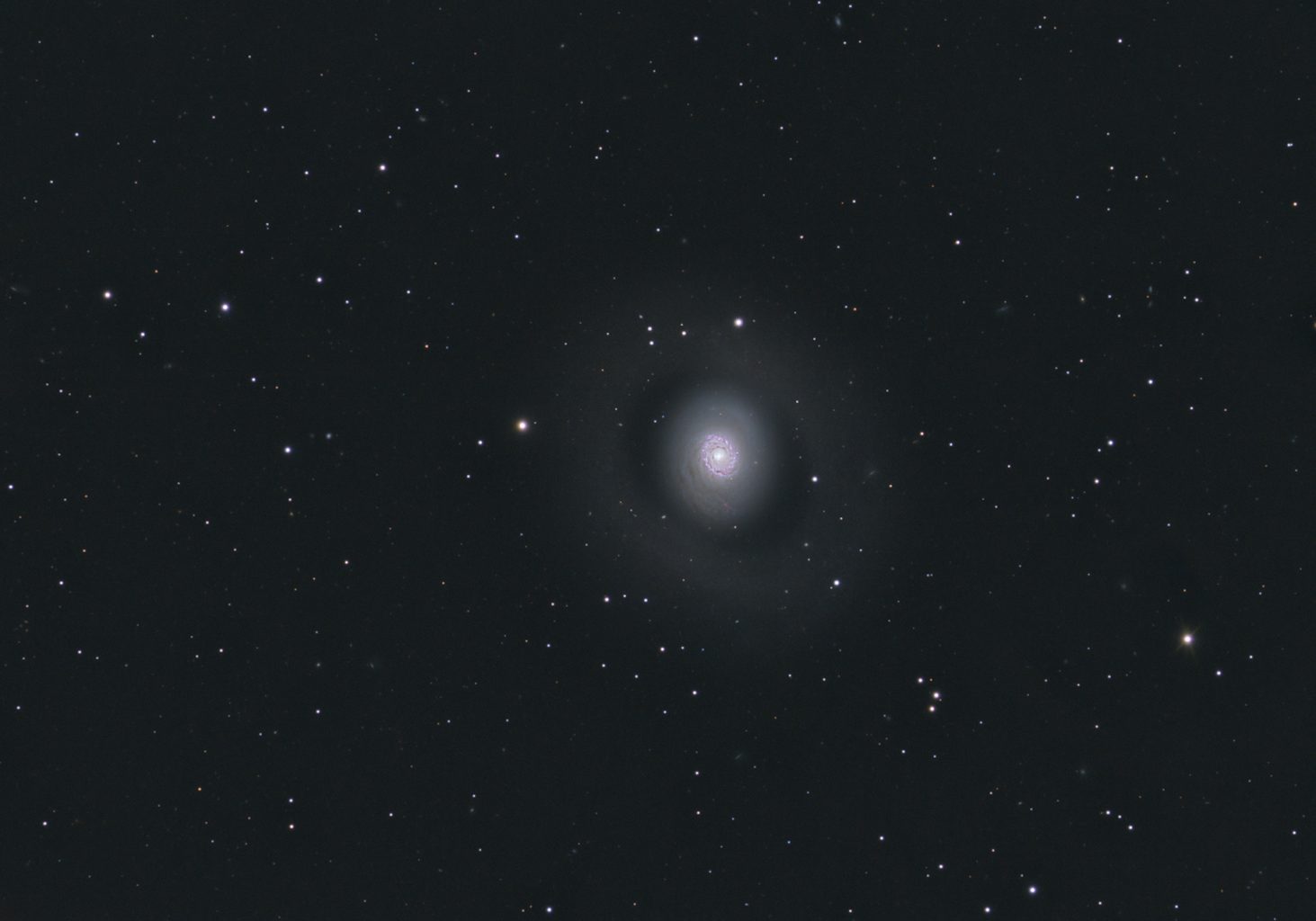After cleaning & collimation, I tested the C11 with the Starizona F 7.2 reducer, the ASI183mm (way oversampled obviously), and guiding using a simple external 8×50 guider and the ASI290MC. Just as a test not bad. I’m not convinced the mirror shift did not have influence in this image. Focusing was a pain, needed to be done manually.



